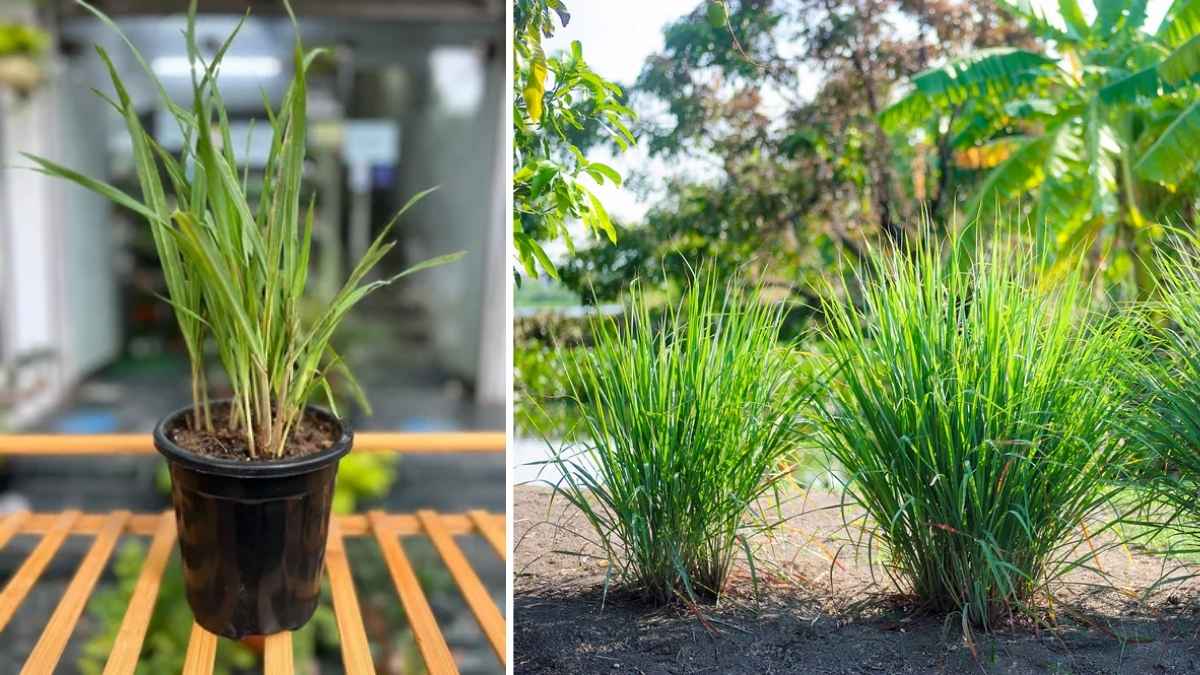Lemongrass is a fragrant herb known for its refreshing citrus scent and taste. It’s a popular choice in many dishes, especially in Asian cuisines, and it’s also used in teas and aromatherapy. Whether you’re growing it for culinary purposes or simply to enjoy its pleasant aroma, planting lemongrass is a straightforward process. It can thrive both in pots and garden beds, but each method requires some specific care to ensure healthy growth.
Why Plant Lemongrass?
Lemongrass has a distinct citrus flavor that’s great for cooking, but did you know it’s also packed with health benefits? It’s rich in antioxidants and can even help with digestion. Plus, it’s low-maintenance and grows fast perfect for beginners! So, if you love cooking with fresh herbs or want a natural insect repellent (yes, it helps keep bugs away!), lemongrass is a great choice.
Choosing the Right Location
Before planting lemongrass, the most important thing is to select the right location. This plant needs plenty of sunlight to grow well, so choose a spot that receives at least 6-8 hours of direct sunlight per day.
In pots, ensure the plant has enough space to grow freely. Lemongrass can grow quite tall, so avoid cramped containers. If you’re planting it in garden beds, select a location with well-drained soil, as lemongrass doesn’t tolerate soggy roots.
Preparing the Soil
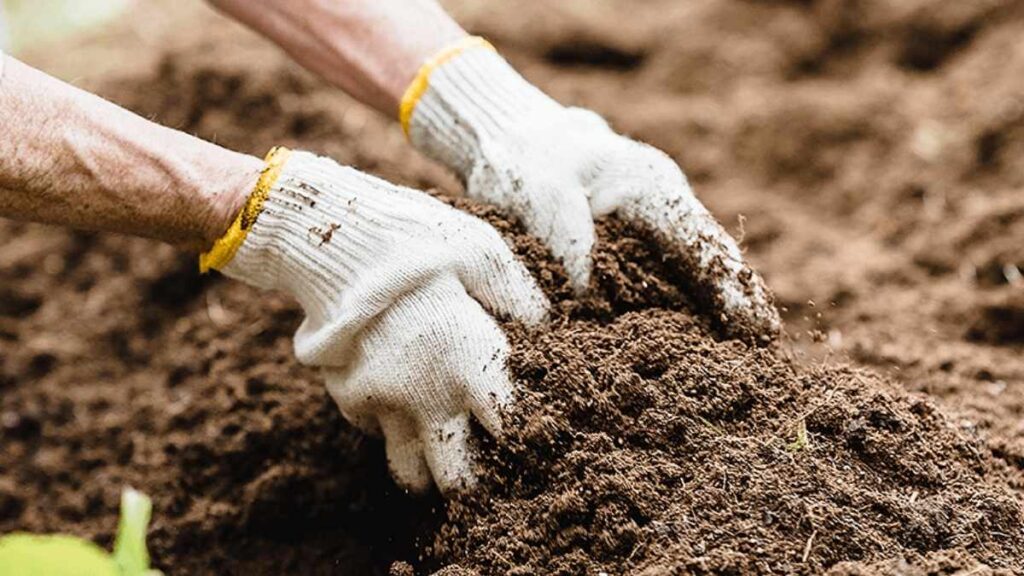
Lemongrass prefers slightly acidic to neutral soil. If you’re planting in garden beds, loosen the soil by tilling it and removing any weeds. You can also enrich the soil with organic compost to promote healthy root growth. If your soil is heavy clay, consider adding sand or perlite to improve drainage.
In pots, use a high-quality potting mix that offers good drainage. A mix specifically designed for herbs or vegetables works well. If you want to improve drainage, you can add some perlite or sand to the potting mix.
Planting Lemongrass in Pots
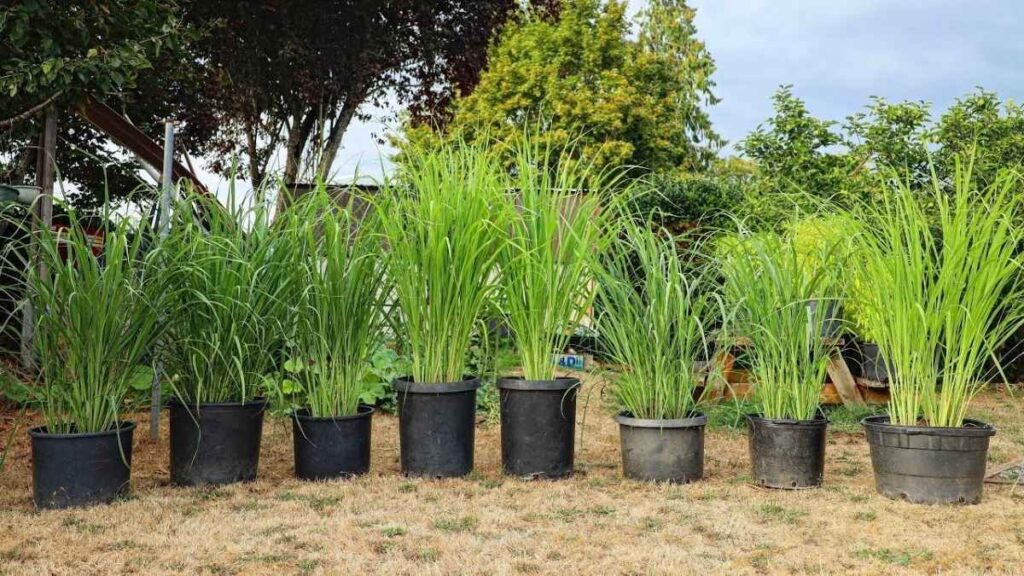
When planting lemongrass in pots, choose a container that is at least 12 inches deep and wide. It should have drainage holes at the bottom to prevent water from accumulating at the base of the pot, which could lead to root rot.
- Prepare the Pot: Add a layer of small rocks or broken pottery at the bottom of the pot. This helps with drainage and keeps the soil from escaping through the holes.
- Fill with Potting Mix: Fill the pot with your prepared potting mix, leaving a couple of inches of space from the top.
- Plant the Lemongrass: Dig a small hole in the center of the pot and place your lemongrass seedling or division in it. Gently cover the roots with soil, ensuring the top of the root ball is level with the soil surface.
- Watering: Water the plant well after planting. Make sure the water drains freely from the bottom of the pot.
Planting Lemongrass in Garden Beds
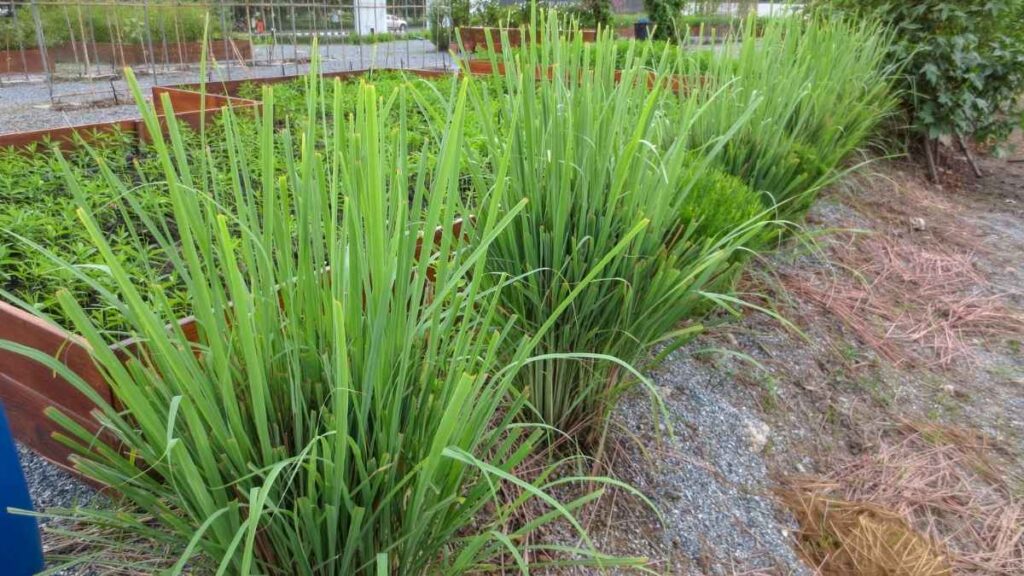
For garden beds, follow these steps for optimal growth:
- Prepare the Soil: As mentioned earlier, loosen the soil and mix in compost to enhance the soil’s fertility. Make sure the bed is free from any large rocks or debris.
- Spacing: Lemongrass can grow quite large, so space each plant about 18-24 inches apart. This gives them enough room to expand without competing for nutrients and sunlight.
- Planting: Dig a hole large enough to accommodate the root ball. Place the lemongrass in the hole, and gently cover the roots with soil. Make sure the plant is level with the surrounding soil.
- Watering: After planting, water the area well to settle the soil around the roots.
Caring for Lemongrass
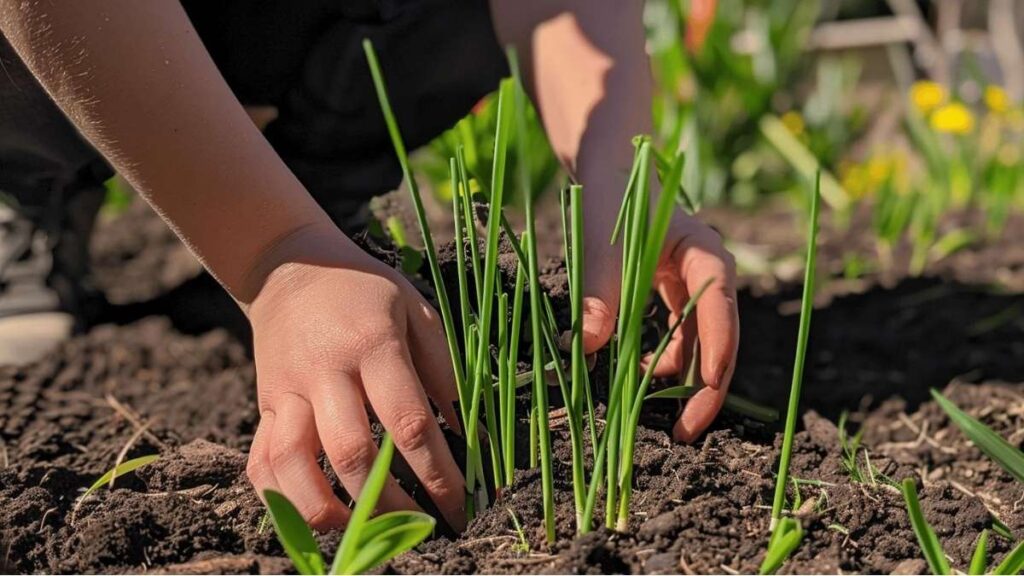
Once your lemongrass is planted, regular care will help it thrive.
Watering
Lemongrass requires a lot of water to grow well, but it doesn’t like standing in water. Water your plant regularly to keep the soil moist but not waterlogged. During hot summer months, you may need to water more frequently, especially if the plant is in a pot. If you notice the leaves turning brown or dry at the tips, it may be a sign of underwatering.
Fertilizing
To encourage healthy growth, you can fertilize lemongrass during the growing season. Use a balanced, all-purpose fertilizer or organic compost. If your plant is in a pot, you may need to fertilize it more often, as nutrients can be leached out when watering. Be sure not to over-fertilize, as this can harm the plant.
Pruning
Pruning lemongrass helps keep the plant looking tidy and encourages new growth. Trim back any dead or yellowing leaves. If the plant becomes too large for its space, you can cut it back to about one-third of its size. Pruning will also help the plant stay healthy and prevent overcrowding, especially in containers.
Winter Care
Lemongrass is a tropical plant, which means it’s not frost-hardy. If you live in an area where temperatures drop below freezing in winter, it’s best to grow lemongrass in pots so you can bring it indoors. Place the pot in a sunny spot near a window, and water it less frequently during the winter months.
If you’ve planted lemongrass in the garden and experience frost, you can mulch the base of the plant with straw or leaves to protect the roots. However, in most cases, the plant will not survive frost and will need to be replanted the following season.
Harvesting Lemongrass
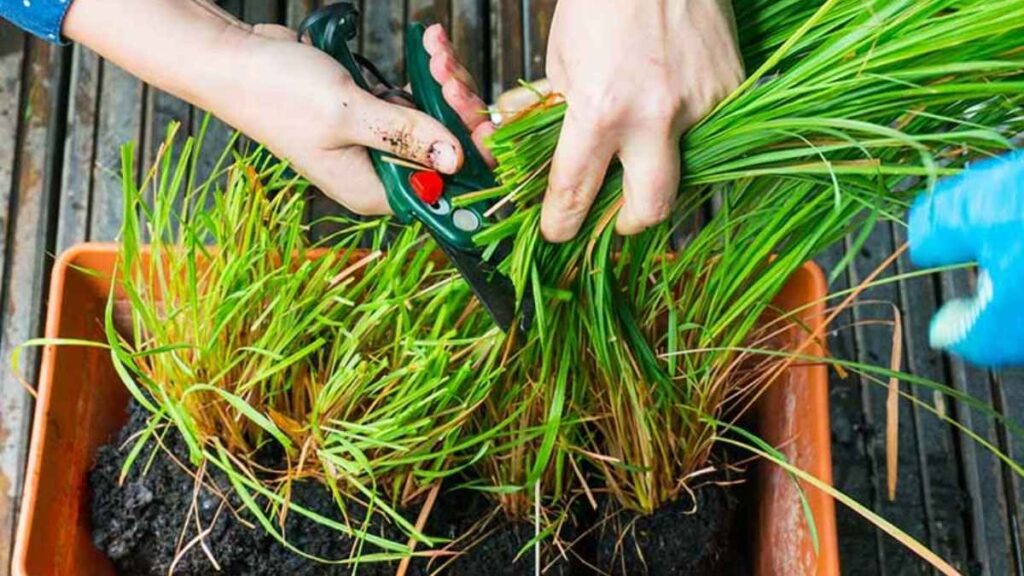
One of the best parts of growing lemongrass is being able to use it fresh in your cooking. You can start harvesting lemongrass once the stalks have reached a height of around 12-18 inches.
To harvest, simply cut the outer stalks at the base, leaving the inner stalks to continue growing. The outer stalks are the most mature and flavorful, while the inner ones will keep growing for future harvests.
Common Problems and Solutions
While lemongrass is generally easy to grow, there are a few common issues to be aware of:
- Yellowing Leaves: This can be caused by a variety of factors including poor drainage, insufficient sunlight, or nutrient deficiencies. Ensure the plant gets enough sunlight and water and consider fertilizing it if necessary.
- Pests: Lemongrass can attract pests like aphids or spider mites. If you notice small insects on the leaves, try spraying the plant with a mixture of water and dish soap or neem oil to deter pests.
Conclusion
Lemongrass is a wonderful addition to any garden or patio, providing both culinary and aromatic benefits. Whether you’re planting it in a pot or directly in the garden bed, the key to successful growth is proper care, including the right location, regular watering, and appropriate pruning. With a little attention, you can enjoy fresh lemongrass for months to come.

